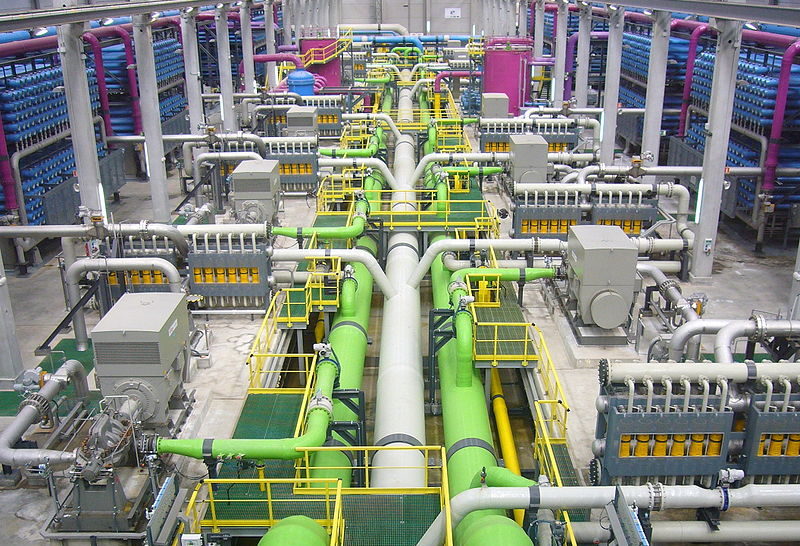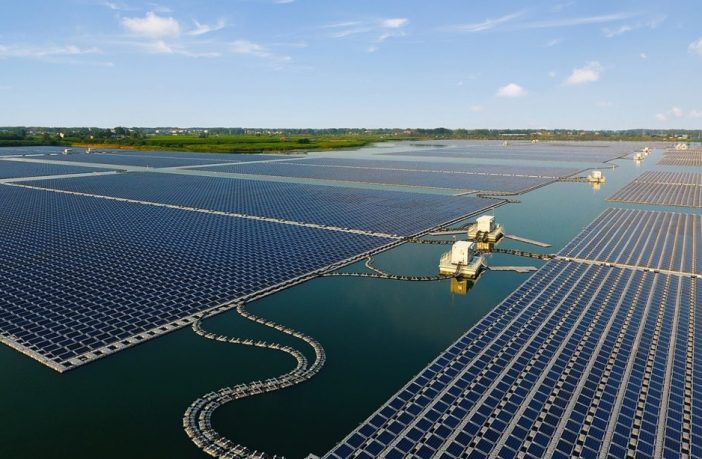- The Institute of Home Automation and Energy Efficiency and the University of Malaga (UMA), in Spain, are developing a circular economy project to improve water supply in southern Spain via solar-powered water desalination.
- The Agua+S project under development in the Spanish region of Andalucia is aimed at combining a desalination plant, a pumping station network, and an onshore, floating photovoltaic plant in a single project design.
Named Agua+S, the research project is aimed at combining a desalination plant, a pumping station network, and an onshore, floating photovoltaic plant in a single project design.
The desalination unit should be located near the sea at the mouth of a river, and the pumping station would be built in the riverbed and would transfer the water from the desalination plant to a swamp reservoir. The floating photovoltaic plant should be deployed on the water of a reservoir less than 20km from the sea, and should supply all the electricity needed to carry out the entire desalination process.

A reverse osmosis desalination plant. Image- James Grellier: Wikimedia Commons
According to the research group this is the first time that these three facilities have been combined together in a fully reproducible design that could be replicated in any river basin that has a reservoir and is close to the coast, to produce fresh water for both irrigation and human consumption.
“Agua+S would allow the production of 20 cubic hectometers (hm3) of water per year,” said Merino, noting that the project will rely almost entirely on existing water and electricity distribution networks.
According to its developers, the project could be implemented in less than a year at a cost of around €60 million. Its payback time is estimated at between three and four years. The brine generated by the desalination process will be used for the production of salt, chlorine and other chemical derivatives.
Author: Alejandro Diego Rosell
This article was originally published in pv magazine and is republished with permission.















